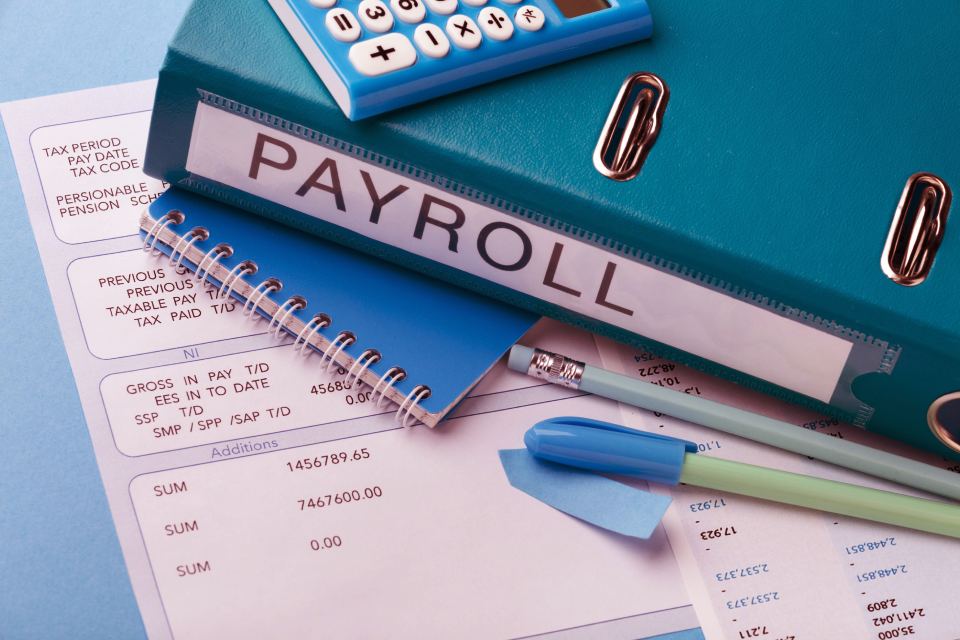There are at least three reasons why “better pricing” should be your number one priority.
First, if your business doesn’t set the right prices, profits will remain hidden from your view, waiting to be discovered. Second: small price changes can lead to higher profits. The survey found that if a company raises prices by as little as 1% – and demand stays the same – profits should increase by an average of 11%. And thirdly, in many industries, prices may change dramatically on Sunday evenings and begin to generate higher yields on Monday mornings.
How You Can Improve Your Company’s Pricing Policy
Follow These Four Rules
1. Inoculate the trust in the first line of your salespeople: Surprisingly, many companies fail in the most basic task – they fail to clearly express the value of their products and services to the customer. Can you do it? If your product is better than your competition, let your customers know. This does not mean that you will say, “ours is better.” Try to tell the story of how one of your clients has made one profit or other thanks to your product. Don’t worry, and your product is not as good as it is competitive. After all, if customers always bought only the best, everyone would drive a Rolls Royce. The price can usually compensate for the shortcomings. It’s okay to recognize that your product has fewer bells and whistles than your competition. But then use the power of your bid and ask, “Are all the extra strengths of the competition worth the 25% increase they ask for the product?”
Point: If your product is better than a competitor, show it and ask more than your competitors based on the product’s value. Conversely, if your product does not meet the quality of competing products, admit it and justify a lower price.
2. Link the financial remuneration of your sales representatives with the profit: Most sellers are reimbursed based on the amount of income from closed trades. However, such a metric does not encourage retailers to fight for higher prices. Remember that your company’s profit in the last few euros of the product price. For example, production costs are 90 euros, and you set the price at 95 euros, the profit will be 5 euros. But if you push harder on the price – for example, 100 euros, profits will increase by 100% (10 euros instead of 5). The profitability of the transaction should be a key component in the remuneration of retailers.
3. Expand your selection options. Offer several versions of your product: good, better, best. It is often surprising how many people choose the “best” (and most profitable) version.
4. Involve top management in creating a pricing strategy: As we all know, enforcing change in a company is difficult. Although the above changes are straightforward, they cannot come to life unless implemented by the entire top management, including the CEO and CFO. The method of their remuneration should also be linked to participation and responsibility in pricing.





